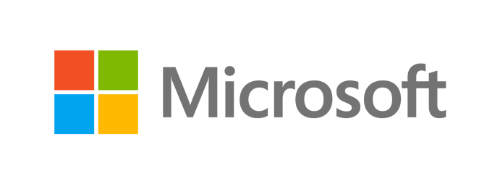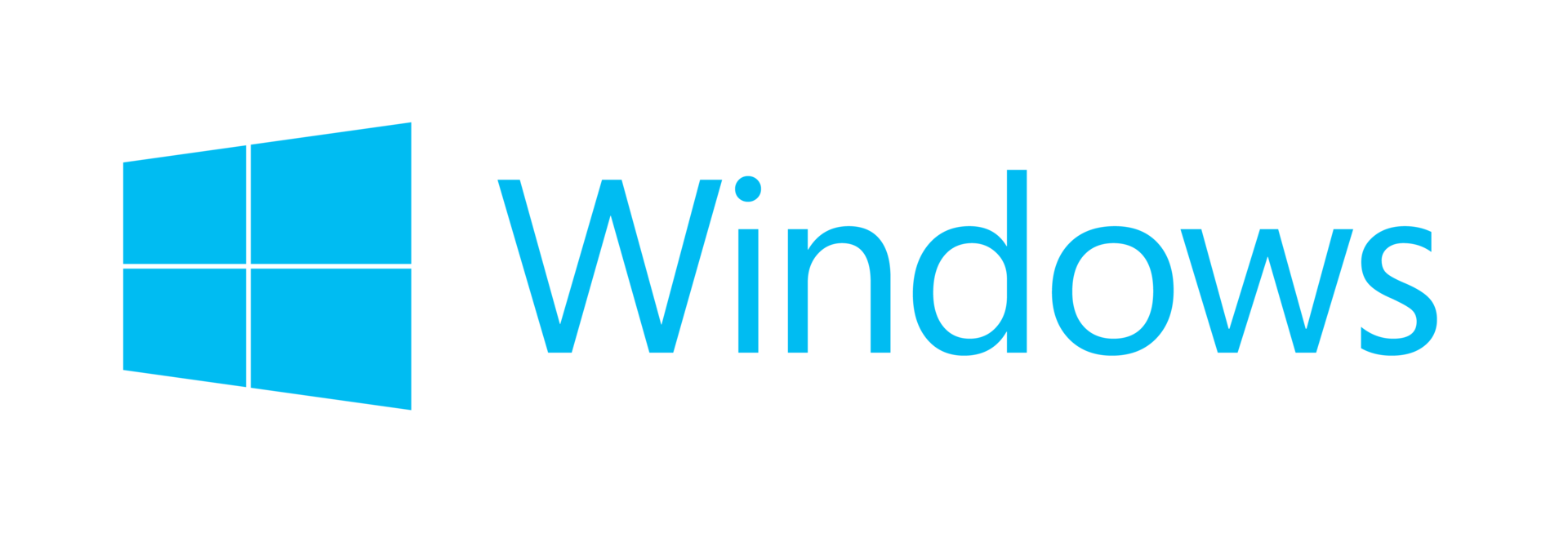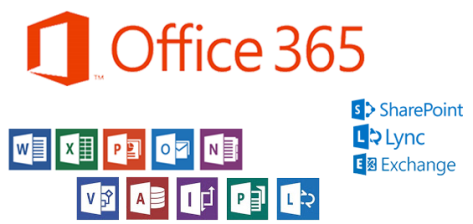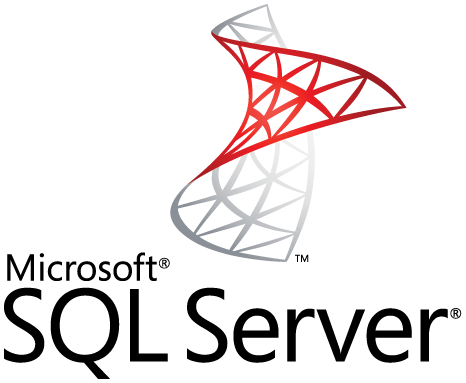解決方案諮詢專線 : 886-02-22186500
Solution Hotline : 886-02-22186500
EN
中


Microsoft

Microsoft's IoT/Embedded Product Portfolio
Windows Server IoT 2019:
Grow your business and extend operations to the cloud
As IoT solutions become more complex, they require more computing power, storage, and connectivity. Dedicated function appliances using Windows Server IoT 2019 can handle big workloads, like analyzing multiple video streams, and can use the results locally or send them to the cloud. With advanced security, high availability, and manageability, Windows Server IoT 2019 enables faster innovation with modern container technologies managed by Azure IoT Edge.
Benefits of Windows Server IoT 2019
● Aggregates data from a large number of 'things'
● Stores and analyzes very big databases to discover valuable business insights
● Advanced security and resiliency features
● Leverages the Azure cloud hosting containers managed by Azure IoT Edge
Bridge On-Premises and Cloud with Windows Server IoT 2019
Windows Server IoT 2019 boosts the flexibility and performance of on-premises data centers. It integrates seamlessly with Azure Cloud Service, maximizes existing data centers and helps an organizations multiple environments. The new Windows Server IoT 2019 version builds on Windows Server security, app innovation, and hyper-converged infrastructure capabilities to help bridge on-premises investments to the cloud.
Windows Server IoT 2019 Feature Differentiation
 Windows Server IoT 2019 SKUs
Windows Server IoT 2019 SKUs
 What is a CAL? Do I need a CAL?
What is a CAL? Do I need a CAL?
As Microsoft explains, “A CAL is not a software product; rather, it is a license that gives a user the right to access the services of the server.”
The challenge with CAL licensing is that it requires a technical understanding of how devices and users are connecting to the embedded device. Each connection to a Windows Server or SQL Server requires a CAL, so the typical answer to the question, “Do I need a CAL for this scenario?” is most often, “Yes.”
There are two types of CALs: Device and User CALs. Figuring out the number of users and devices that will be connecting to the solution helps you determine which type to use. Our goal is cost effectiveness, so an OEM will want to select the lower number between the two.
User CALs
With User CALs, an OEM purchases a CAL for every user who accesses the server to use services, regardless of the number of devices they use for that access. This sort of license is useful for situations where users do not regularly have access to a specific machine, like a gas station company that monitors stations across a region, or when users tend to have access to their own personal machine, like in remote work.

Device CALs
When it comes to Device CALs, an OEM purchases a CAL for every device that has access to the server, rather than each specific user. In these cases, several users could utilize a single licensed device. This sort of license is useful for situations where multiple users might be accessing the same device, like a store open 24 hours a day, or a manufacturing facility where employees over several shifts use the same machine.
In general, User CALs are more common, however, there are certain scenarios that make Device CALs the better choice.

Choosing the right CAL
Here are a few interesting things to keep in mind on choosing the right CAL for your business. First, embedded program CALs are channel-agnostic, meaning if you purchase an embedded CAL, it can be used with products purchased in other Microsoft licensing channels (for example, Volume Licensing).
Second, you cannot use previous generation CALs with newer versions. For example, you may not use Windows Server 2016 CALs with Windows Server IoT 2019. Instead, you will need new 2019 version CALs. You can, however, use newer CALs with older products.

Affiliated Companies
Trend Electronics(HK) Ltd.
Toptrend Technologies Corp.
Affiliated Companies
Trend Electronics(HK) Ltd.
Toptrend Technologies Corp.
© 2023 Chander

關係企業

關係企業
© 2023 全達國際股份有限公司|著作權與隱私權聲明條款




